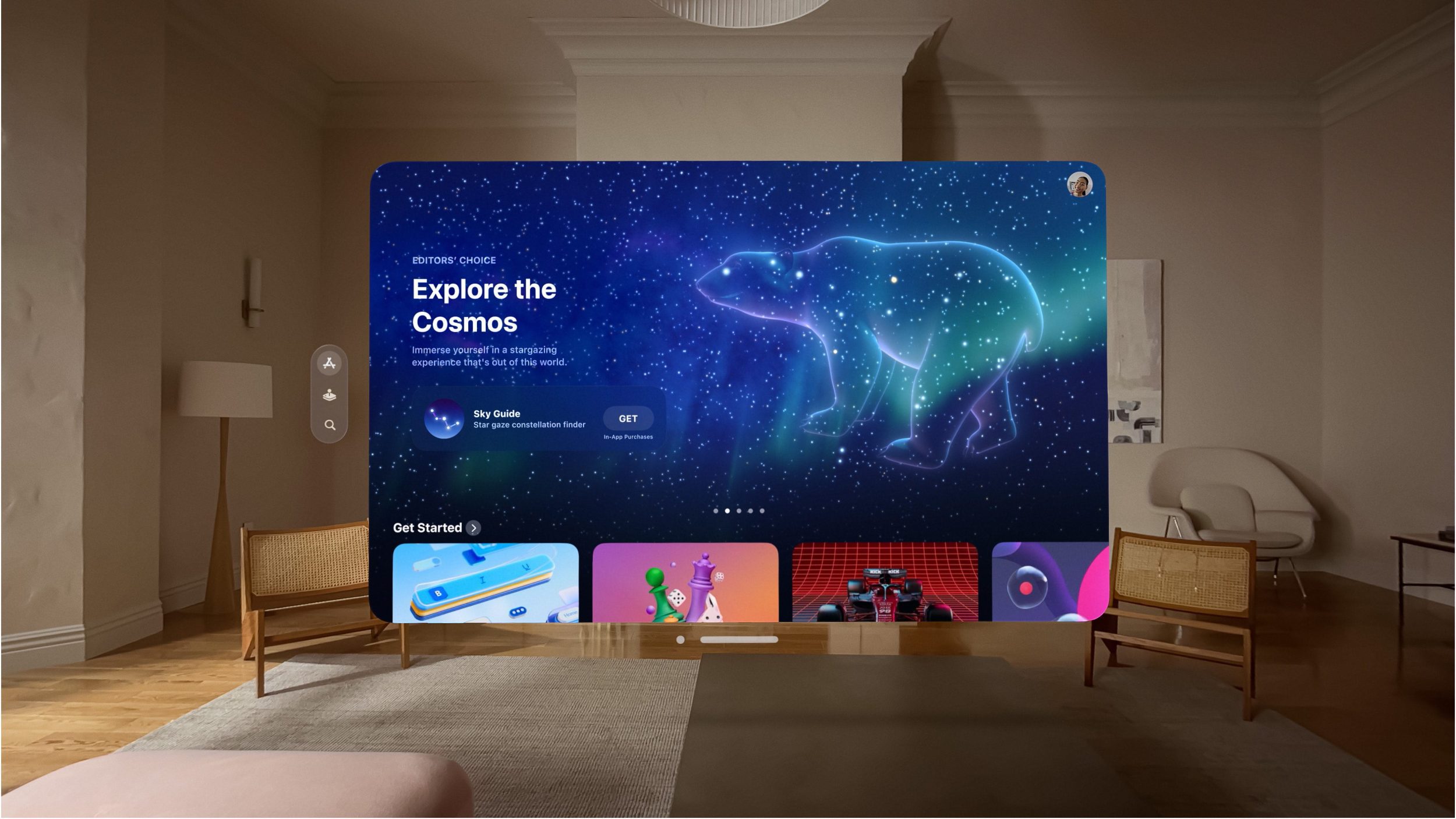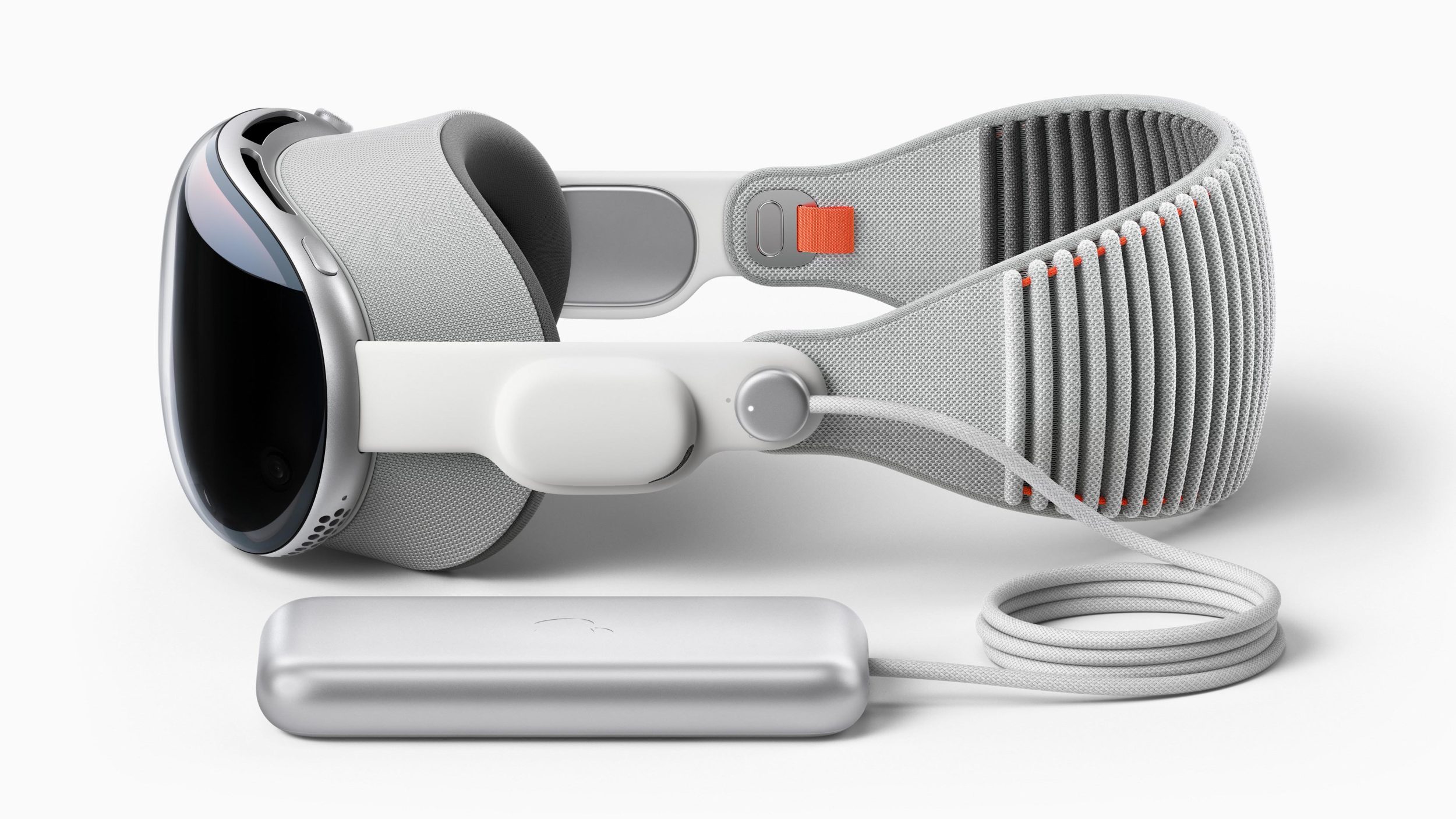The worst-kept secret in tech was revealed on Tuesday when Apple announced Vision Pro, its VR headset.
“With Vision Pro, you’re no longer limited by a display. Your surroundings become an infinite canvas,” explained Apple’s CEO, Tim Cook. “Vision Pro blends digital content into the space around us. It will introduce us to Spatial Computing.”
The idea of strapping a computer to our faces is not new. Meta has been pitching its Quest device for several years with mixed results.
But Apple has never focused on being the first to market. Instead, the company tends to launch products only when it believes they are ready for mass adoption.
So it was with the iPhone, iPad and Apple Watch.
In each case, there were plenty of sceptics. When the iPhone launched fans of the Blackberry were quick to pour scorn on the idea that typing on a touchscreen could ever be as intuitive as using a physical keyboard.
Ed Colligan, CEO of PDA maker Palm, even went as far as dismissing the very idea of a company best known for making computers and iPods ever becoming dominant in the arena of phones.
“We’ve struggled for a few years here, figuring out how to make a decent phone,” Colligan infamously said. “The PC guys are not going to just, you know, knock this out. I guarantee it.”
Colligan was spectacularly wrong, of course, and there are now around 1.2 billion active iPhone users in the world.
What made the iPhone, and the devices that followed in its wake, such a roaring success, was not only the hardware, as impressive as it is, but the software created by app developers all over the world.
In 2007, when the iPhone launched, few predicted the vast ecosystem of diverse apps and businesses that would power its growth – from Uber and Duolingo to Instagram and Roblox.
This is why Apple announced Vision Pro at its annual conference for developers, WWDC, in advance of the product being sold to the public next year.
Apple clearly hopes that enterprising developers will create a series of killer apps that will eventually make Vision Pro appealing to a mass market audience.
So while strapping a computer to your face might not seem like something you or I would want to do right now, it would take a brave person to bet against Apple making a success of this.











